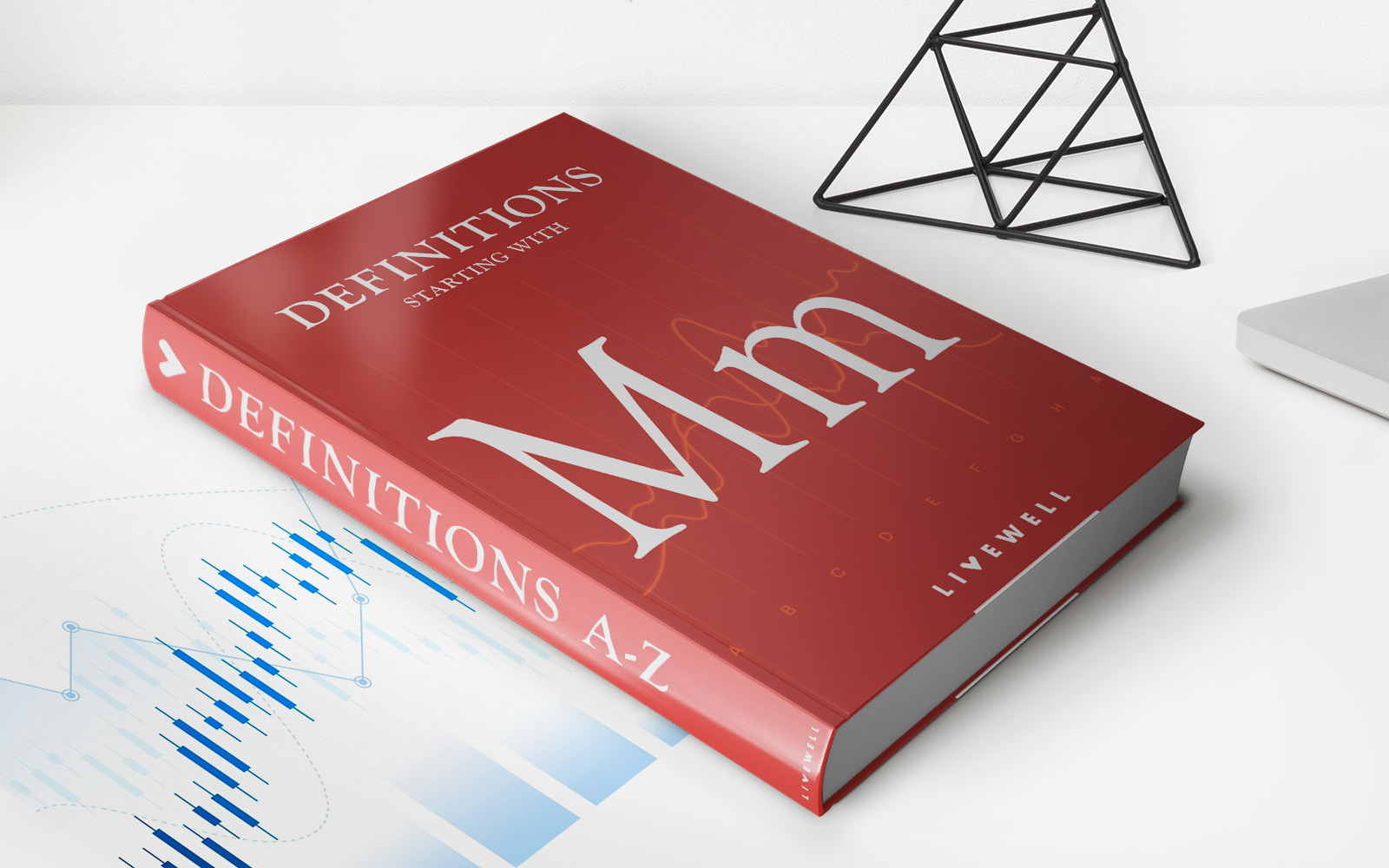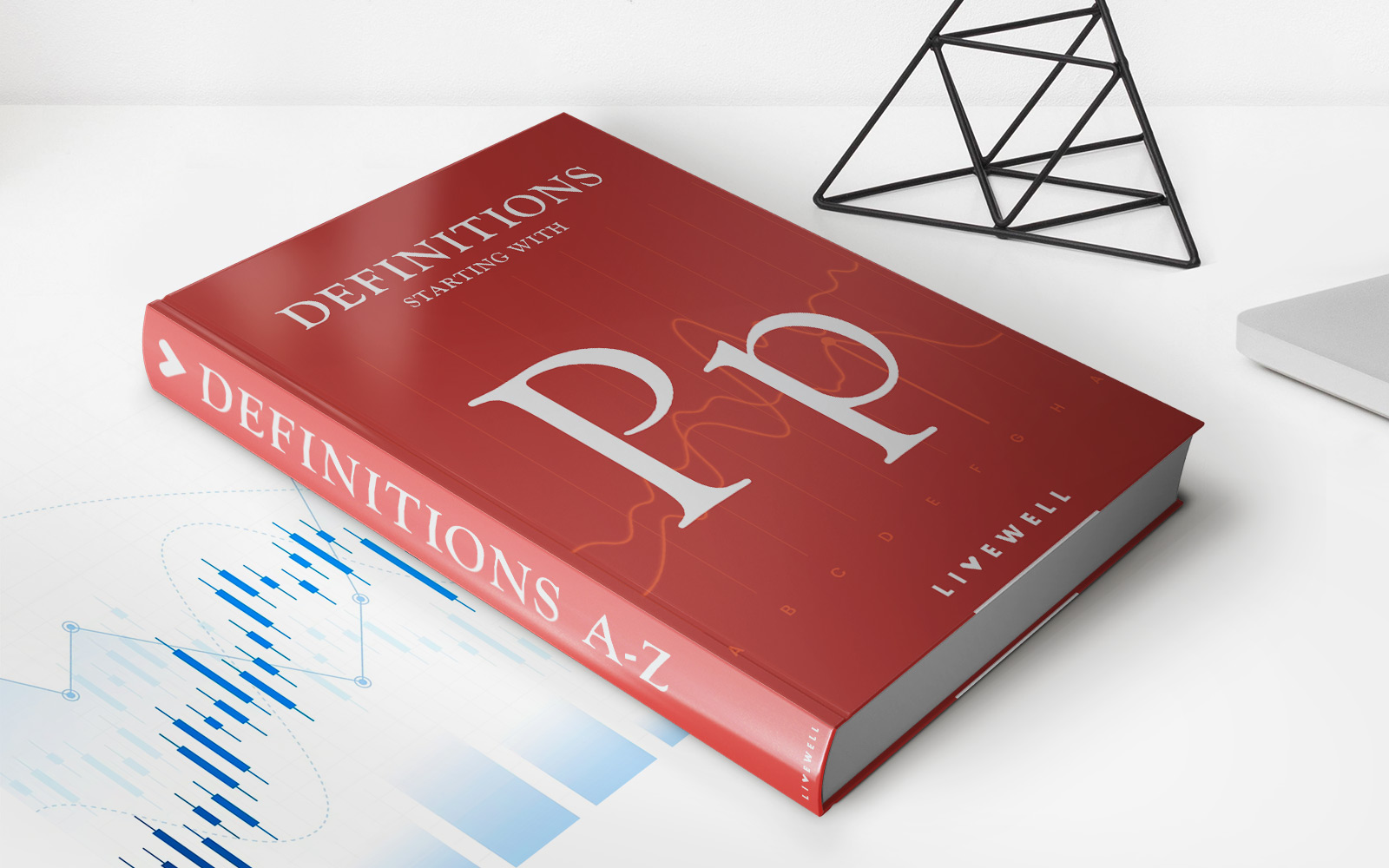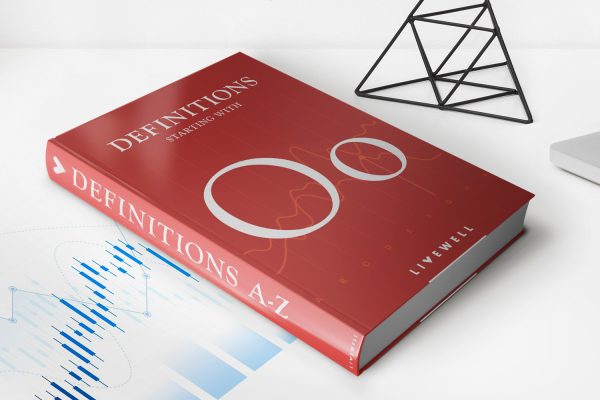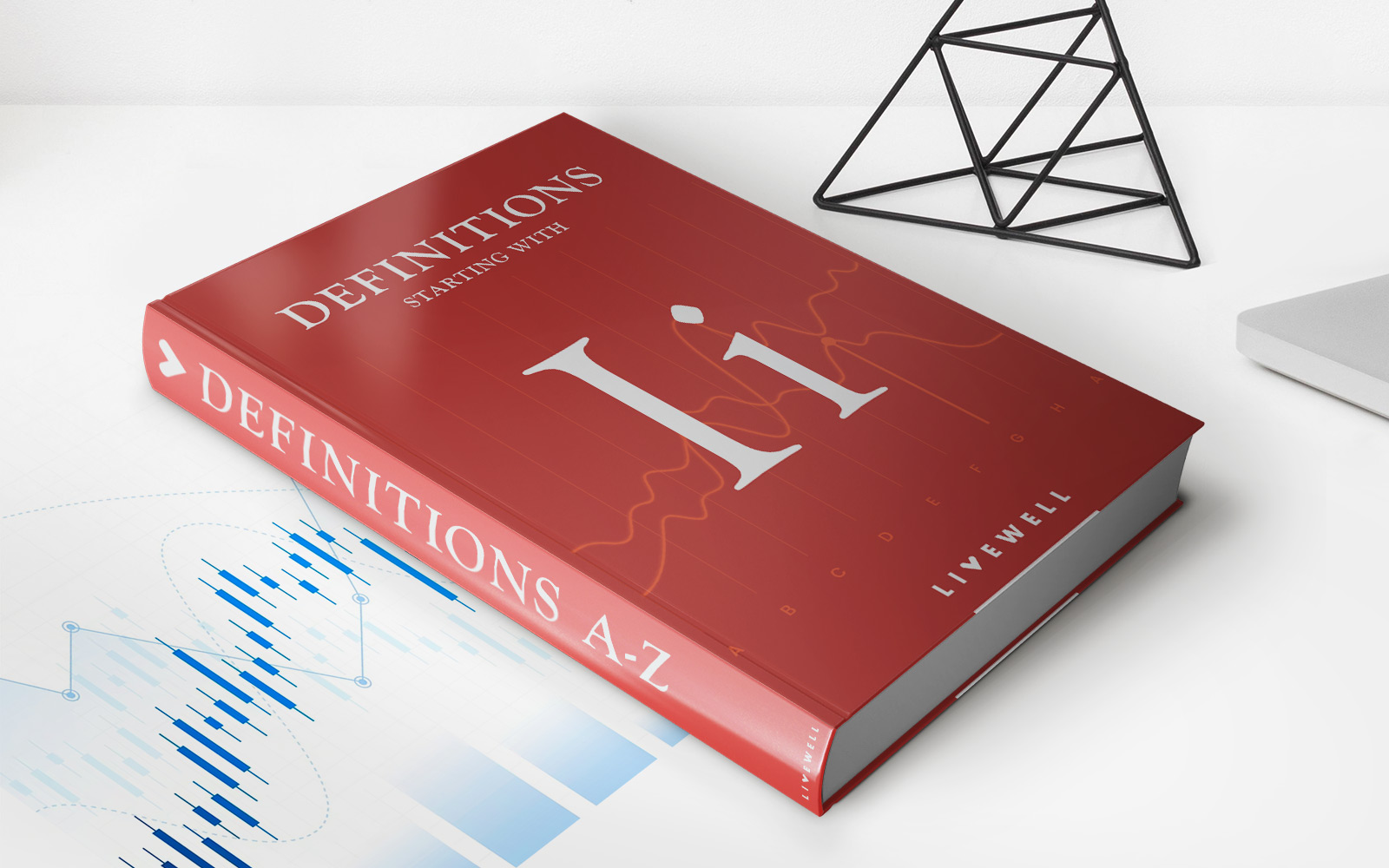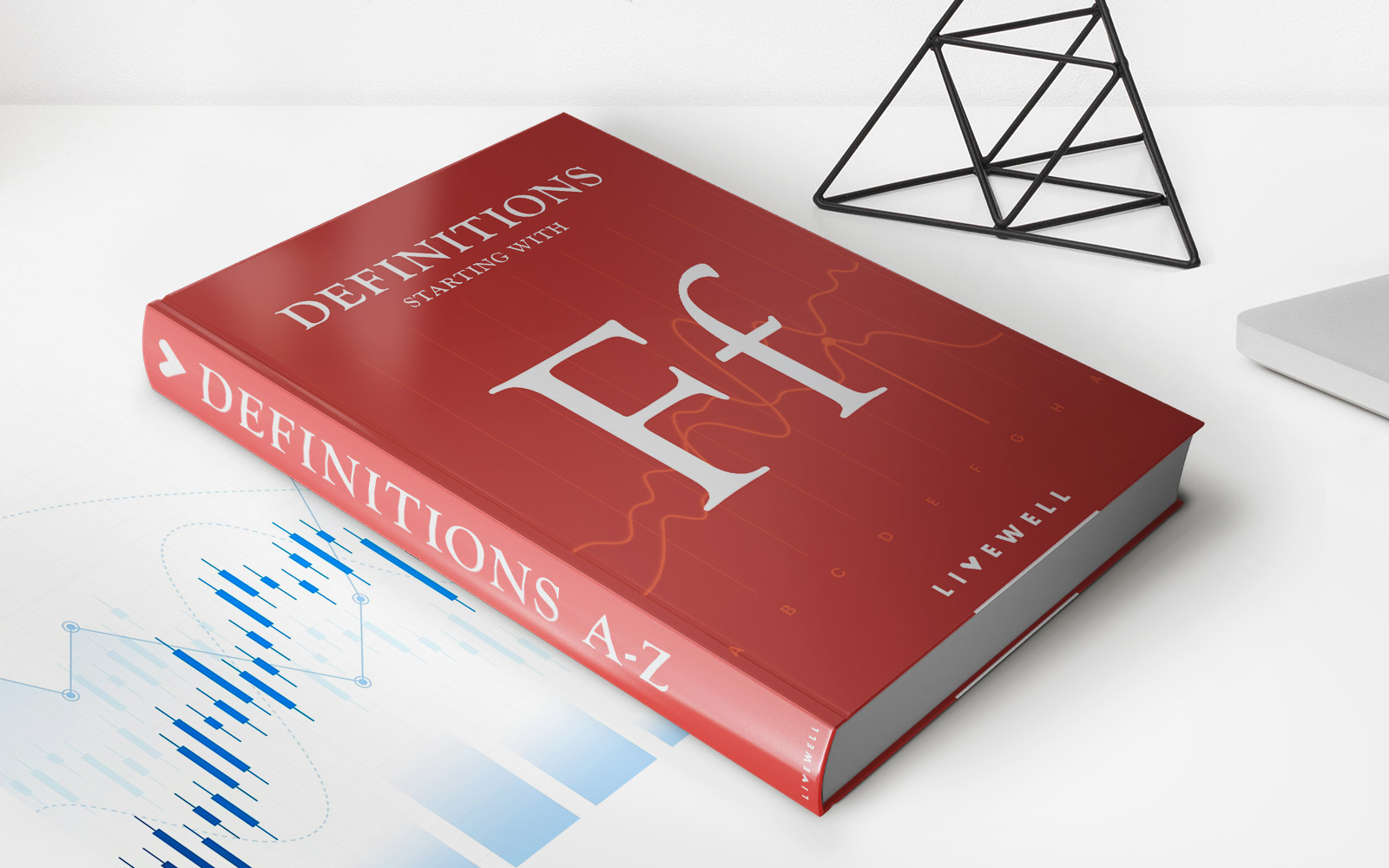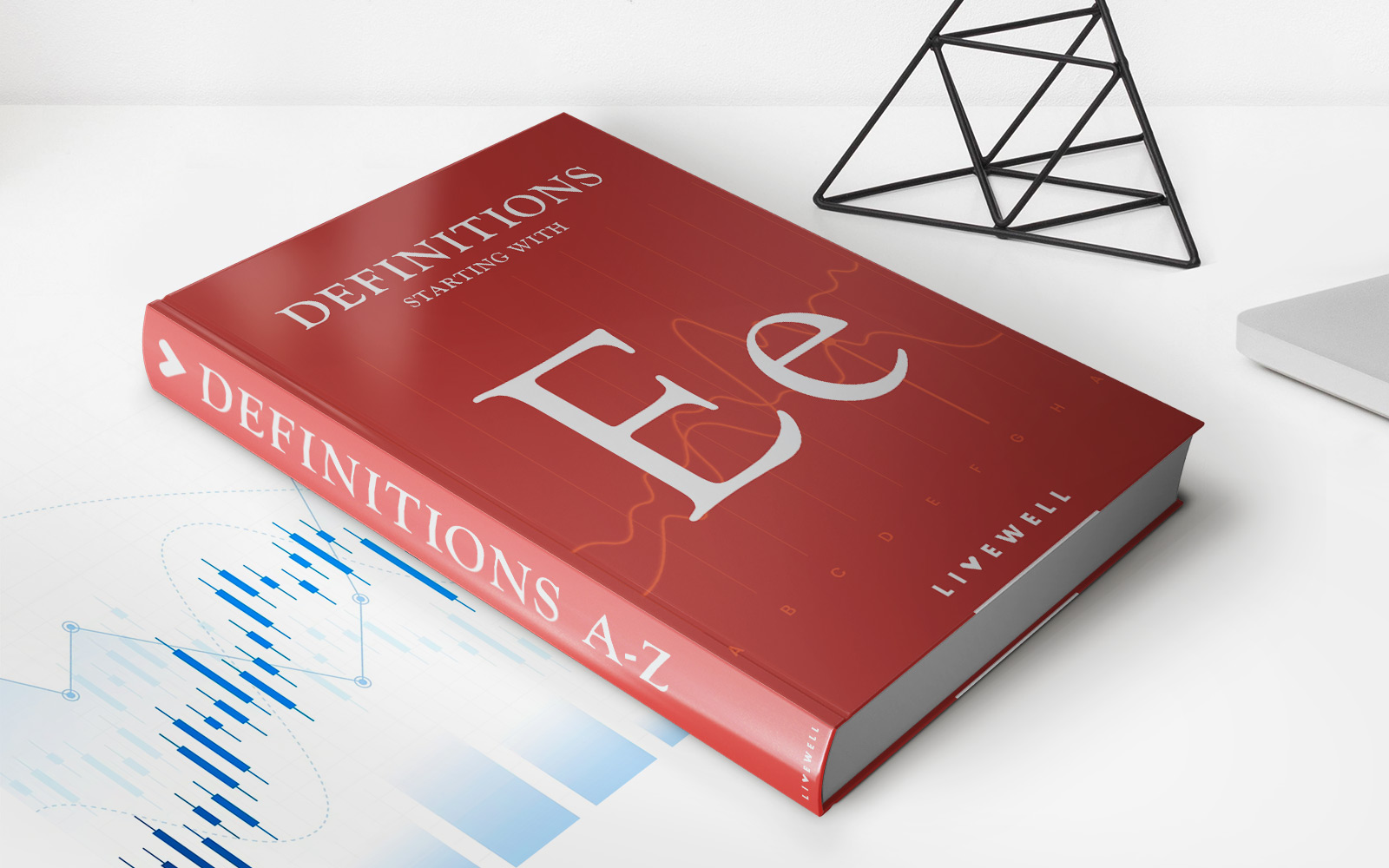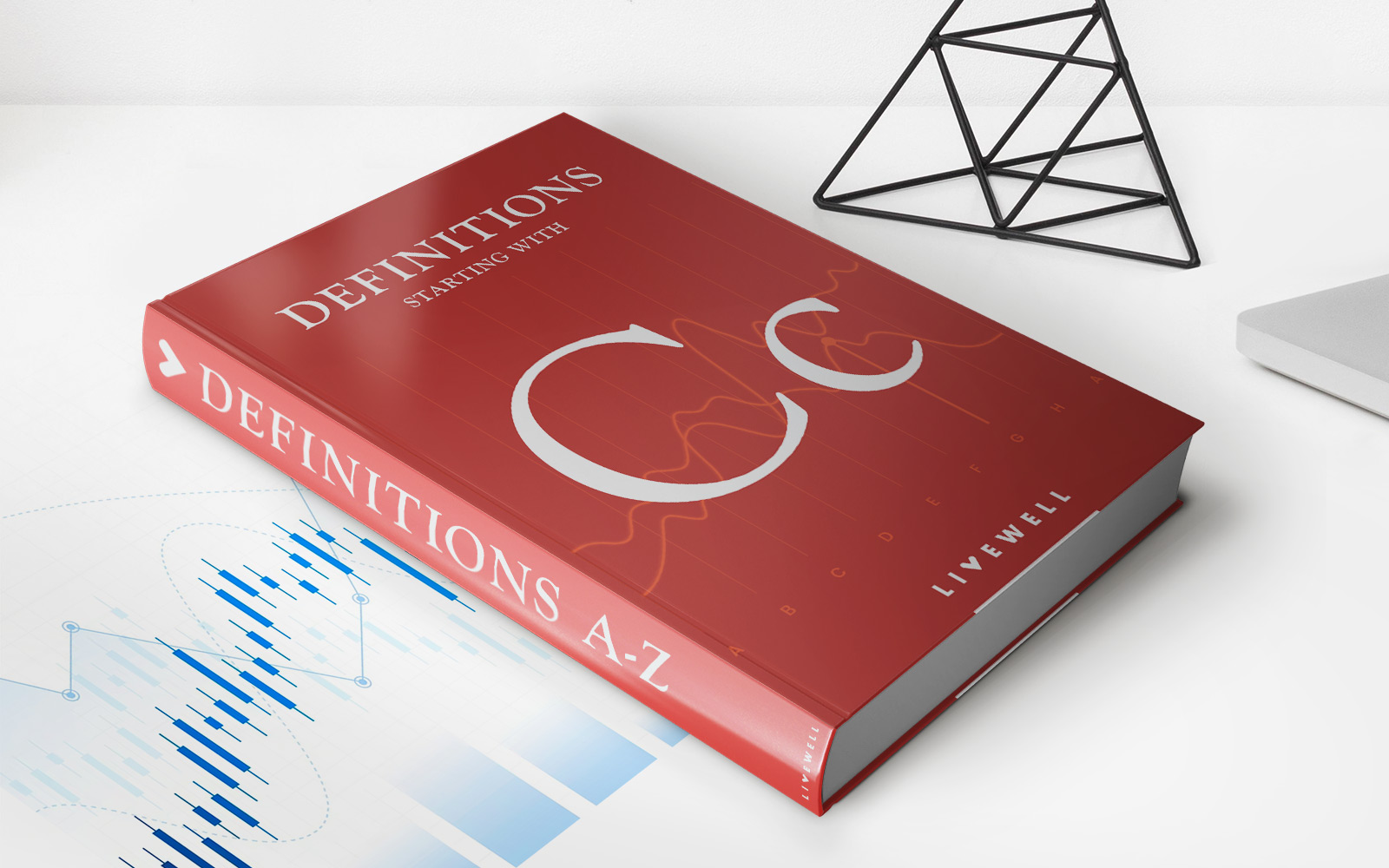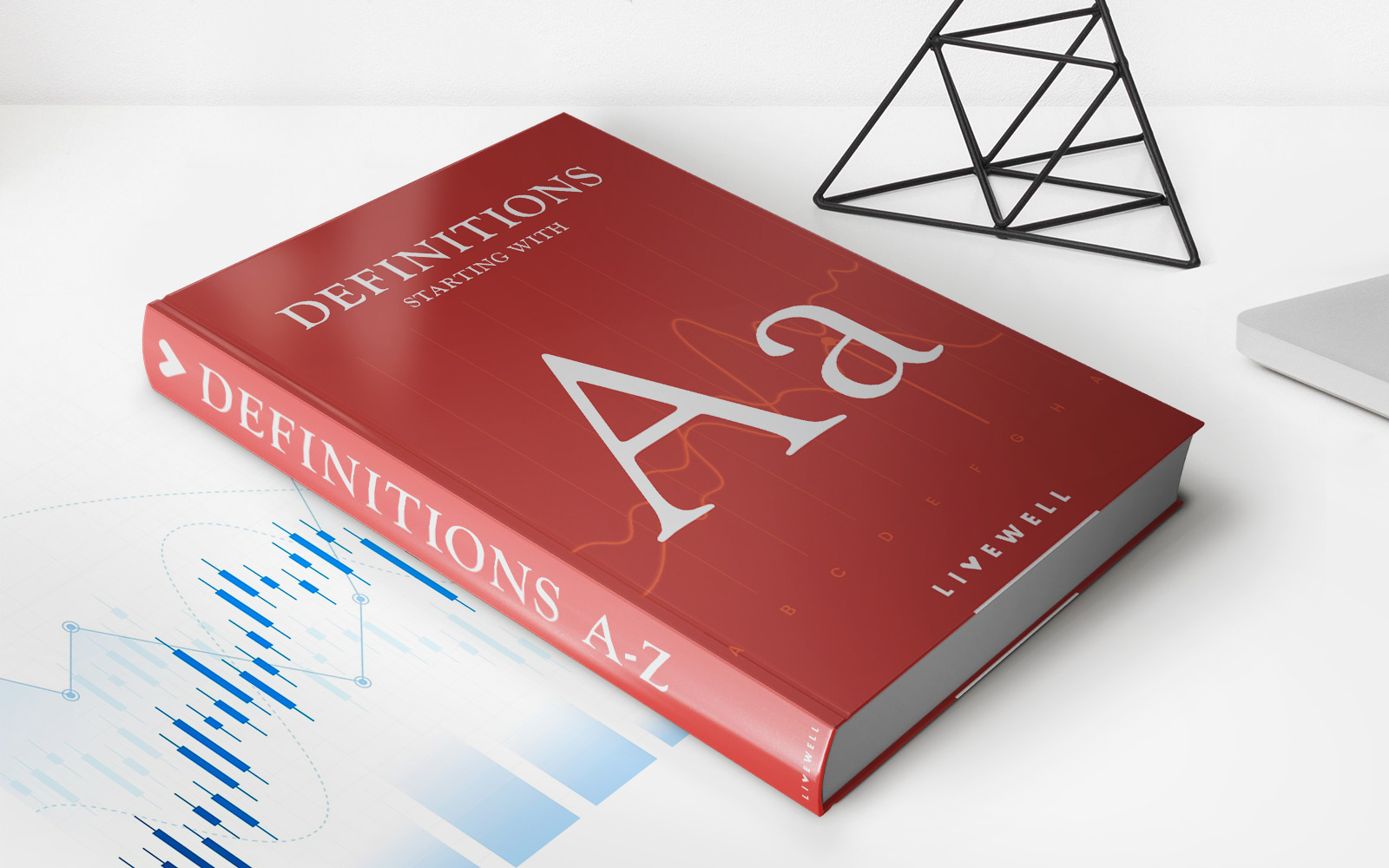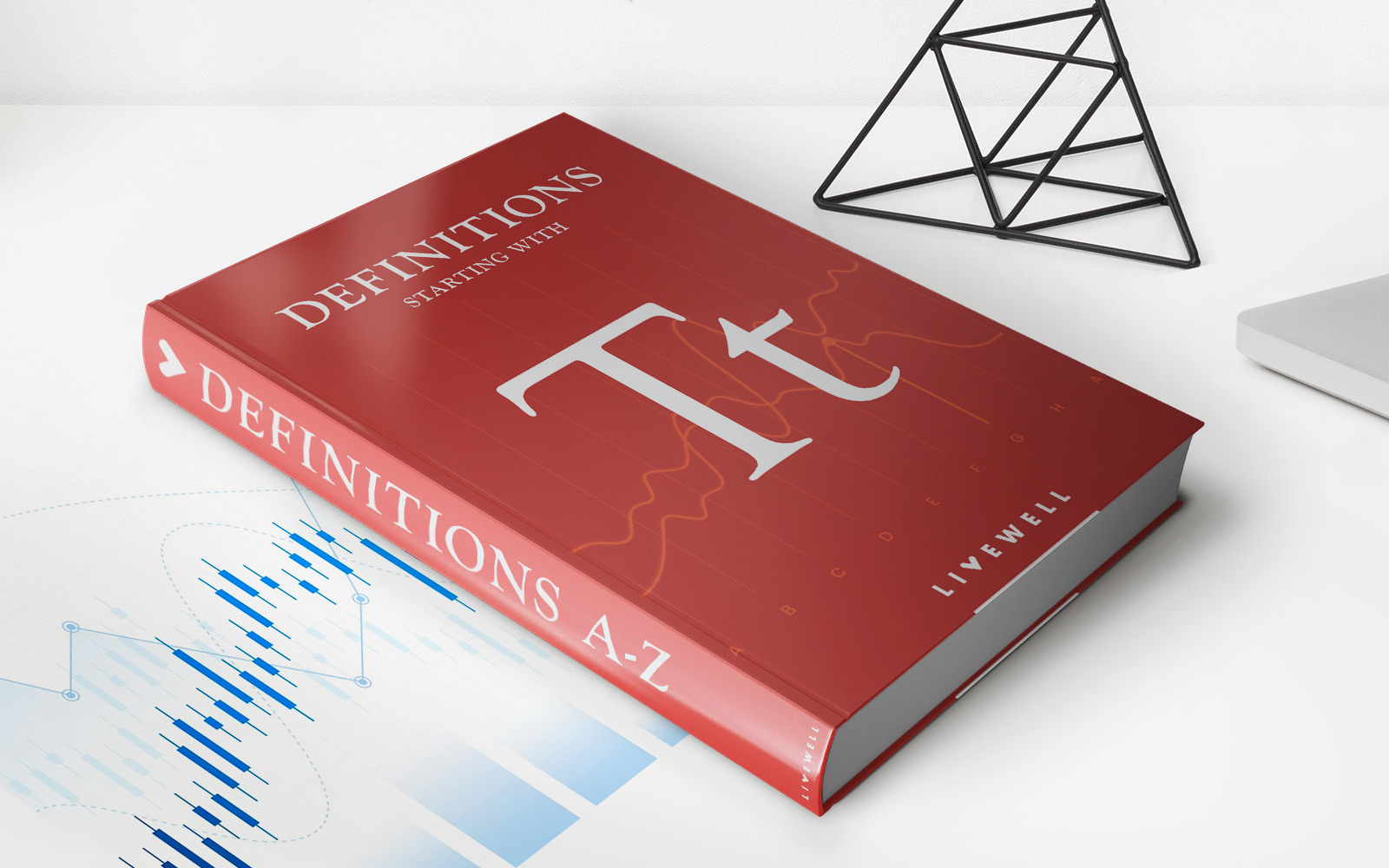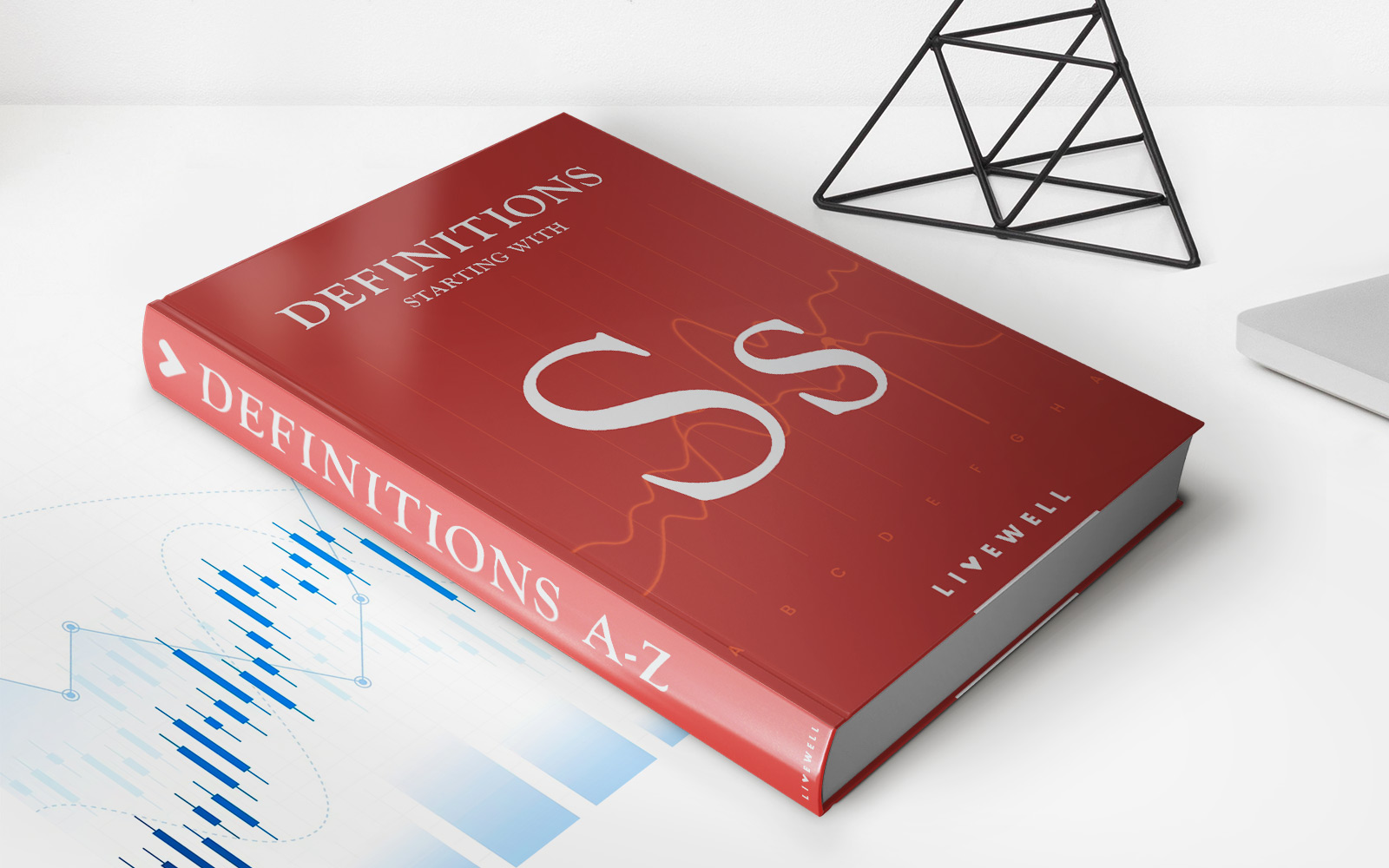Home>Finance>Original Cost: Definition, How It Works, And Example Caculation


Finance
Original Cost: Definition, How It Works, And Example Caculation
Published: January 4, 2024
Learn the definition of original cost in finance, how it works, and calculate examples. Understand this crucial concept in just a few simple steps.
(Many of the links in this article redirect to a specific reviewed product. Your purchase of these products through affiliate links helps to generate commission for LiveWell, at no extra cost. Learn more)
Understanding Original Cost in Finance
Welcome to our Finance category, where we explore various aspects of personal finance that can empower you to make informed decisions about your money. Today, we’re going to dive into the fascinating world of original cost.
When it comes to finance, understanding the concept of original cost is crucial. But what exactly does it mean? How does it work? And why is it important to know? Let’s explore all these questions and more.
Key Takeaways:
- Original cost refers to the initial purchase price of an asset or investment.
- It is a crucial metric in determining the value of an asset over time or for calculating profits and losses.
Now that we have our key takeaways, let’s dig deeper into the definition and workings of original cost.
What is Original Cost?
In finance, original cost refers to the initial price paid to acquire an asset or investment. It is the amount of money that was originally invested or spent to obtain the asset. Original cost is an essential piece of information because it serves as a reference point for valuing an asset over time or calculating profits and losses.
Whether you’re buying a piece of real estate, investing in stocks, or purchasing a car, the original cost is the starting point that determines the asset’s financial standing in the future.
How Does Original Cost Work?
Let’s consider an example to understand how original cost works:
Imagine you bought 100 shares of a company’s stock at $20 per share. The original cost of your investment would be $2,000 (100 shares x $20 per share).
Over time, the value of the stock may fluctuate, and the market price might increase or decrease. However, the original cost remains the same unless you buy additional shares or sell some of your existing shares.
The original cost serves as a reference point to calculate your investment’s performance. For instance, if the stock price rises to $25 per share, the value of your investment would increase to $2,500 (100 shares x $25 per share). By comparing the current value of your investment to the original cost, you can determine whether you have made a profit or a loss.
Example Calculation:
To calculate the gain or loss on an investment, you can use the following formula:
Gain/Loss = Current Value – Original Cost
Let’s continue with our example. If the current value of your investment is $2,500 and the original cost was $2,000, you can calculate the gain by subtracting the original cost from the current value:
Gain/Loss = $2,500 – $2,000 = $500
In this case, you have made a profit of $500.
Knowing the original cost allows you to track the performance of your investments accurately. It helps you analyze the profitability and understand whether your investments are delivering the desired outcomes.
The Importance of Knowing Original Cost
Understanding the concept of original cost is essential for several reasons:
- Assessing Investment Performance: By comparing the original cost with the current value of an investment, you can evaluate its performance and determine whether it aligns with your financial goals.
- Calculating Profit or Loss: Original cost is crucial for determining gains or losses resulting from the sale or appreciation of an asset. Calculating this accurately helps you make strategic decisions about when to hold, sell, or add to your investments.
- Financial Planning: When planning for future investments, understanding the original cost of previous investments can provide valuable insights into expected returns and set realistic goals.
By grasping the concept of original cost and how it works, you gain a deeper understanding of the financial implications of your investments.
Wrapping Up
Original cost is a fundamental concept in finance that determines the starting point for valuing assets and calculating profits or losses. By knowing the original cost of your investments, you can assess their performance accurately, make strategic decisions, and plan for future financial success. So, whether you’re an experienced investor or just starting on your financial journey, understanding original cost is an essential skill to have.
Thank you for joining us in exploring the fascinating world of original cost in finance. Stay tuned for more informative articles and expert insights in our Finance category!
